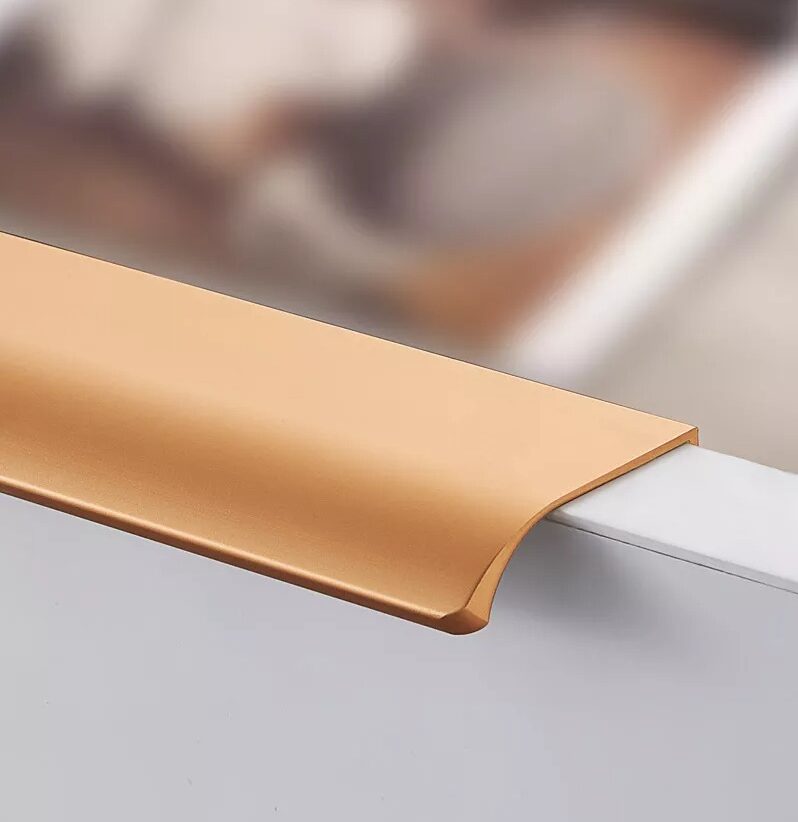
That sharp, unexpected scratch from a cabinet handle is so frustrating. You snag your clothes or hurt your knuckles. It makes you wonder how such a simple item can be made so poorly.
Cabinet handles scratch you primarily for two reasons, both tied to cost-cutting. First, poor manufacturing, especially inadequate polishing, leaves sharp edges. Second, some designs are inherently flawed with sharp corners. Factories may cut these corners to meet a low price point demanded by a buyer.
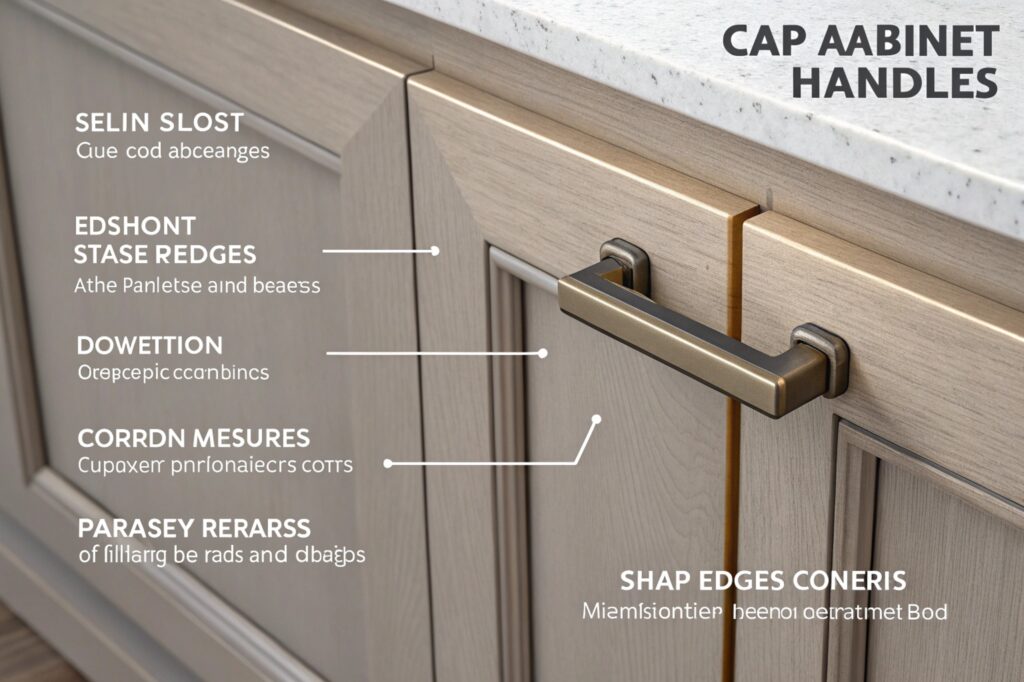
In my years as a hardware manufacturer, this is a problem I've seen over and over. A buyer will negotiate hard for a lower price. To win the order, a factory or trading company might accept the deal. But to protect their profit, they have to control costs. This often means spending less time on crucial finishing steps, like polishing the edges until they are perfectly smooth. As I often tell my customers, you can have a low-priced product, but low prices can bring problems like this. A quality handle is an investment in safety and comfort, and that's always connected to its price.
How to protect kitchen cabinets from scratches?
You install beautiful new pulls, only to find them banging and scratching your cabinets. This damage is annoying. Simple preventative measures can keep your cabinets looking brand new.
To protect cabinets from scratches, stick small, clear silicone bumpers on the corners of doors and drawers. These create a soft buffer. Also, choose hardware designs where the handle doesn't extend beyond its posts, preventing it from hitting adjacent surfaces when opened.
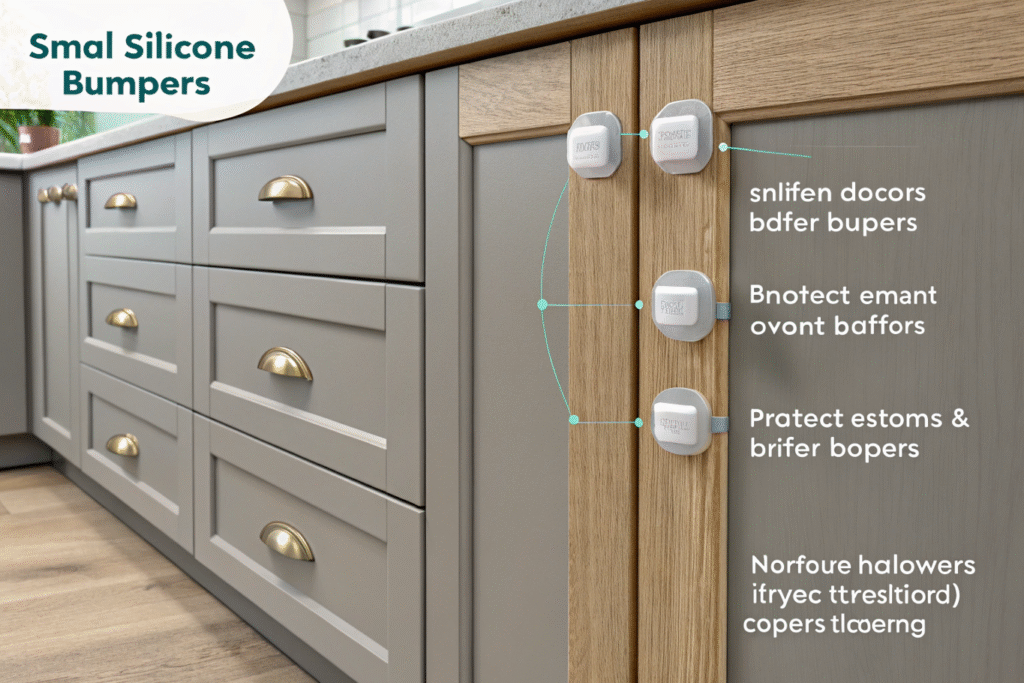
Protecting your cabinet finish is simple and effective. The most common solution is cabinet bumpers. These are small, self-adhesive dots made of silicone, rubber, or felt that you place on the inside corners of the door or drawer front. They absorb the impact when the cabinet closes, preventing both noise and scratches. Another key step is careful hardware selection. Look at the design of the pull. Do the ends flare out or extend far beyond the mounting posts? These styles are more likely to hit an adjacent cabinet or wall in a tight corner. Choosing a simple bar pull or a knob without a wide backplate can prevent this issue entirely. Finally, ensure your hardware is installed tightly. A loose handle can jiggle and scrape against the cabinet finish over time, causing subtle but real damage.
| Protection Method | Cost | Effectiveness | Aesthetics |
|---|---|---|---|
| Silicone Bumpers | Very Low | High | Nearly Invisible |
| Careful Hardware Selection | No Extra Cost | High | Part of Design |
| Proper Installation | No Extra Cost | Medium | Prevents loose handle damage |
What are the best cabinet handles for arthritis?
Pinching a small knob or gripping a thin handle can be a daily source of pain. Your kitchen should be a comfortable space. Choosing the right hardware is essential for accessibility.
For arthritis, the best handles are C-shaped or D-shaped bar pulls with ample clearance. These allow you to use your whole hand, or even just a few fingers, without a tight grip. They distribute pressure evenly, making them far more comfortable than knobs.
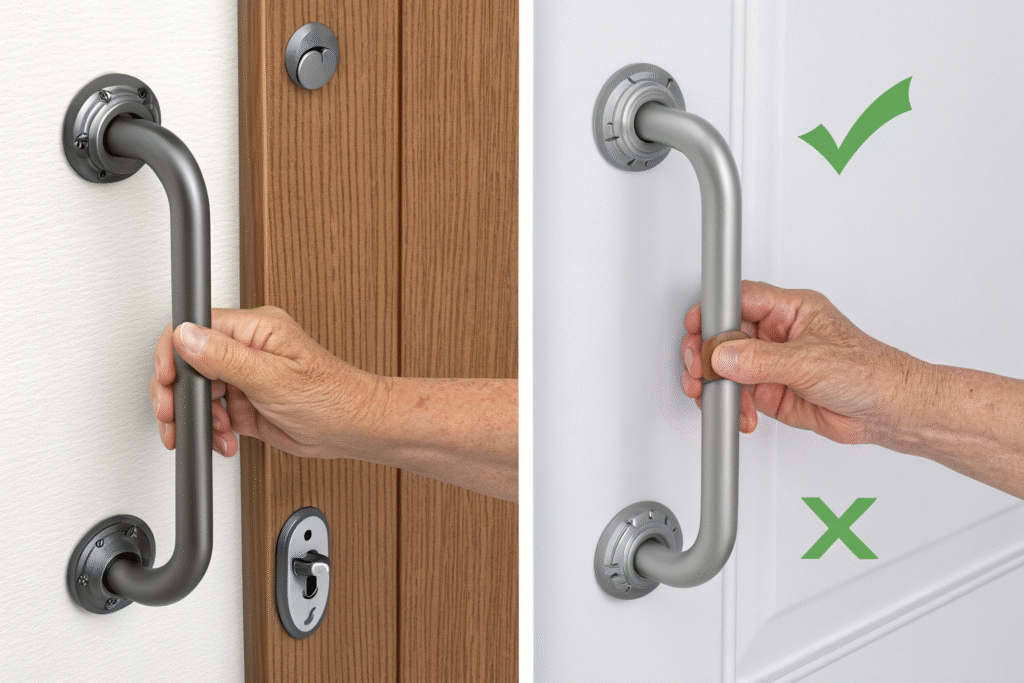
When choosing hardware for hands with arthritis, the goal is to eliminate pinching and twisting motions. This is why bar pulls are the superior choice. Unlike a knob, which requires you to clamp down with your thumb and forefinger to turn, a bar pull can be opened with a gentle pull from your whole palm or by simply hooking your fingers through it. Look for designs that are substantial enough to hold comfortably. A very thin "wire pull" might still create pressure points. The handle should also have good clearance, meaning enough space between the bar and the cabinet face for your fingers to fit without getting scraped. Smooth, rounded edges are also crucial, avoiding any sharp or ornate details that could be uncomfortable to hold.
| Handle Type | Grip Style | Pressure Points | Recommendation for Arthritis |
|---|---|---|---|
| Bar Pulls | Full hand or finger pull | Low / Evenly distributed | Excellent |
| Knobs | Tight pinch and twist | High / Concentrated | Poor |
| Cup Pulls | Finger hook from below | Medium | Fair to Poor |
| T-Knobs | Finger pinch | High | Poor |
What is the 1/3 rule for cabinet hardware?
You pick hardware you love, but it looks awkward on your drawers. The proportions feel wrong. The 1/3 rule is a simple design guideline that helps you solve this problem.
The 1/3 rule suggests your cabinet pull should be about one-third the length of the drawer front. For example, on a 24-inch drawer, an 8-inch pull would be ideal. This guideline creates a sense of visual balance and proportion that is pleasing to the eye.

The one-third rule is one of the most reliable guidelines in kitchen design for achieving a professional, balanced look. It primarily applies to drawers, where scale is most noticeable. For a standard 18-inch drawer, a 6-inch pull works perfectly. For a very wide 36-inch pot-and-pan drawer, a 12-inch pull would look great. Keep in mind, this is a guideline, not a strict mathematical formula. Anything in the range of 1/4 to 1/3 will generally look good. For very wide drawers (over 36 inches), you might even consider using two smaller pulls instead of one very large one. For cabinet doors, this rule is less critical. Most designers opt for consistency, using the same size pull on all doors, regardless of their width, for a cleaner, more uniform appearance.
What is the rule of thumb for cabinet hardware?
Beyond specific size rules, how do you create a cohesive look? With endless choices, it's easy to feel lost. Following a simple rule of thumb provides clarity and ensures a unified design.
The most common rule of thumb is to use knobs on doors and pulls on drawers. This classic approach is functional and visually pleasing. Another rule is consistency: use one style of hardware throughout, varying size only for proportion, to create a harmonious look.
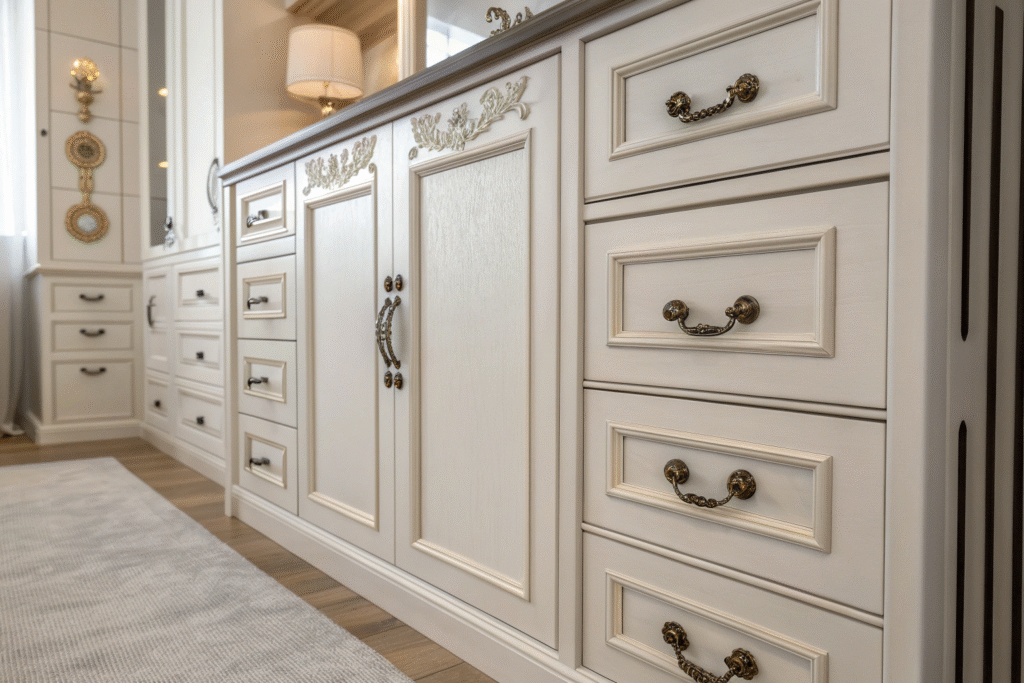
Rules of thumb exist to simplify choices and guarantee a good outcome. In cabinet hardware, the most timeless rule is to assign different hardware types based on function. Doors swing, so a knob is easy to grab. Drawers pull out, so a pull is more ergonomic. This "knobs on doors, pulls on drawers" method is almost foolproof. If you prefer to use only pulls for a more modern look, the rule of thumb then becomes consistency. Use the same style of pull everywhere. You can use different sizes—for instance, 8-inch pulls on large drawers and 5-inch pulls on smaller drawers and doors—but they should be from the same design family. Placement is another key rule. Always center pulls horizontally on a drawer front. For doors, place hardware on the stile opposite the hinges, with the bottom of the pull or center of the knob typically 2.5 to 3 inches from the door's edge.
| Hardware Choice | Rule of Thumb | Best For |
|---|---|---|
| Knobs & Pulls | Knobs on doors, pulls on drawers | Traditional, Transitional, Farmhouse |
| All Pulls | Same style, vary size proportionally | Modern, Contemporary, Shaker |
| All Knobs | Same knob everywhere | Vintage, Eclectic, Budget-conscious |
Conclusion
A scratchy handle is a sign of poor quality from cost-cutting. To ensure safety and satisfaction, prioritize well-finished, ergonomic hardware and use simple design rules for a balanced, professional look.

About Me
Hi there! I'm Selina—mom to a wonderful daughter and a passionate professional in the furniture hardware industry. With over 10 years of experience specializing in cabinet handles and knobs, I've grown from hands-on sourcing to helping global clients find the perfect hardware solutions. Here to share what I've learned—let's grow and create together!
